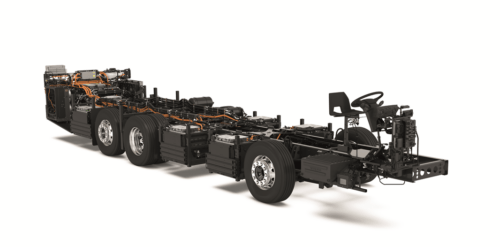
Jonathan Taylor reports from the launch of Volvo’s new electric platform, held in Gothenburg on 18 to 20 March
It’s been a busy first quarter of 2024. The whole industry seems to be alive with activity, which is great to see. This is particularly true of the coach industry where groups of people wishing to travel by coach are now just as numerous as they were pre-pandemic. The difference is that there are fewer operators to supply the demand. These are good conditions for the operators who’ve survived the lockdowns, and healthy profits are being made.
This in turn is attracting new investors into the coach industry as reported at the UKCOA conference in early March.
CBW was invited to go to Volvo Group’s recent coach-focused ‘World of Volvo’ event and conference in Gothenburg, and I had to get to London Heathrow T3 for about 5am. To reduce the need for a ridiculously early morning start I chose to stay the night before at the Radisson Blu just by the airport. It turned out to be tremendous value as I only wanted the room, and would be getting some breakfast in the terminal. The price was £88 for the room and the extremely secure, on-site, gated and monitored parking was just £16 a night. Being away for three days, that was an extra £48, total £136. Just for the sake of it I looked up the cost of short term parking at Heathrow for 3 nights… £167. Not a difficult choice.
And yes, I could have caught the coach, I hear you say, but on this occasion, sadly, that didn’t suit my travel plans. I’m sure it would have come in at even better value, but you can see why it’s a hard sell with the convenience of such cheap accommodation and parking.
[…]By subscribing you will benefit from:
- Operator & Supplier Profiles
- Face-to-Face Interviews
- Lastest News
- Test Drives and Reviews
- Legal Updates
- Route Focus
- Industry Insider Opinions
- Passenger Perspective
- Vehicle Launches
- and much more!


